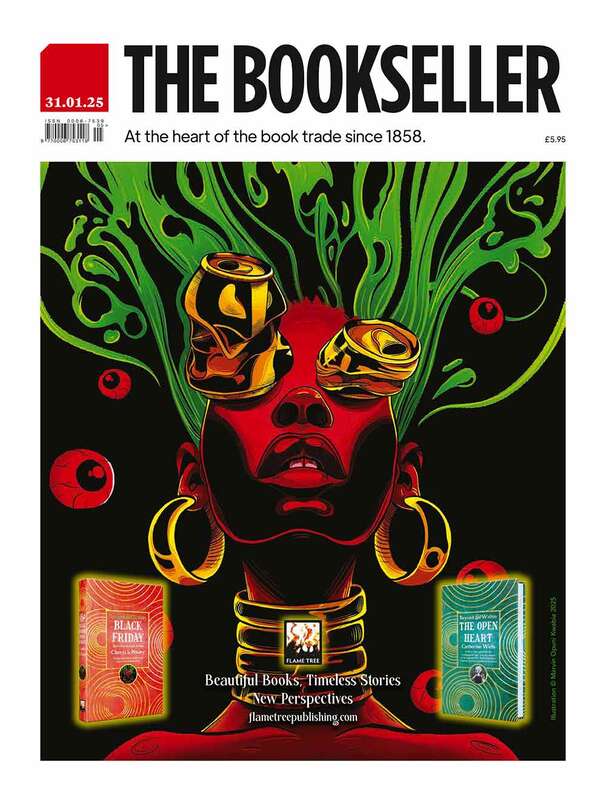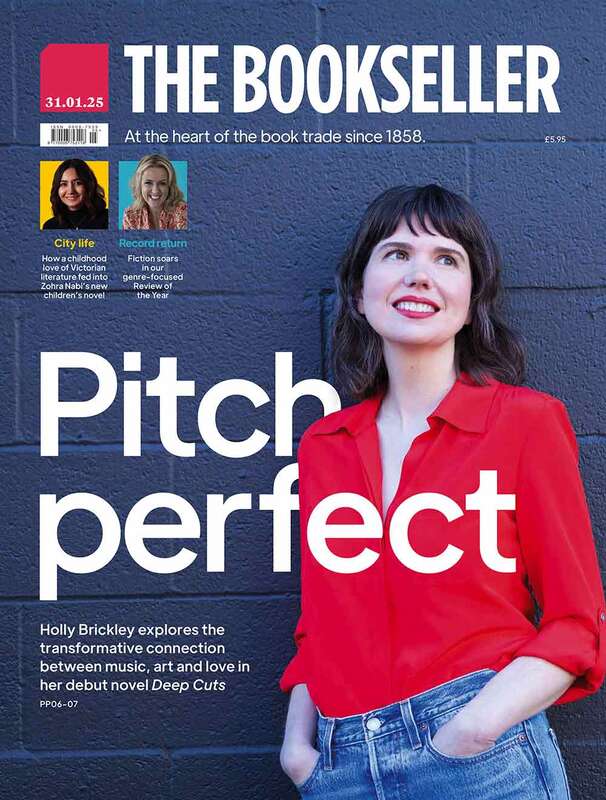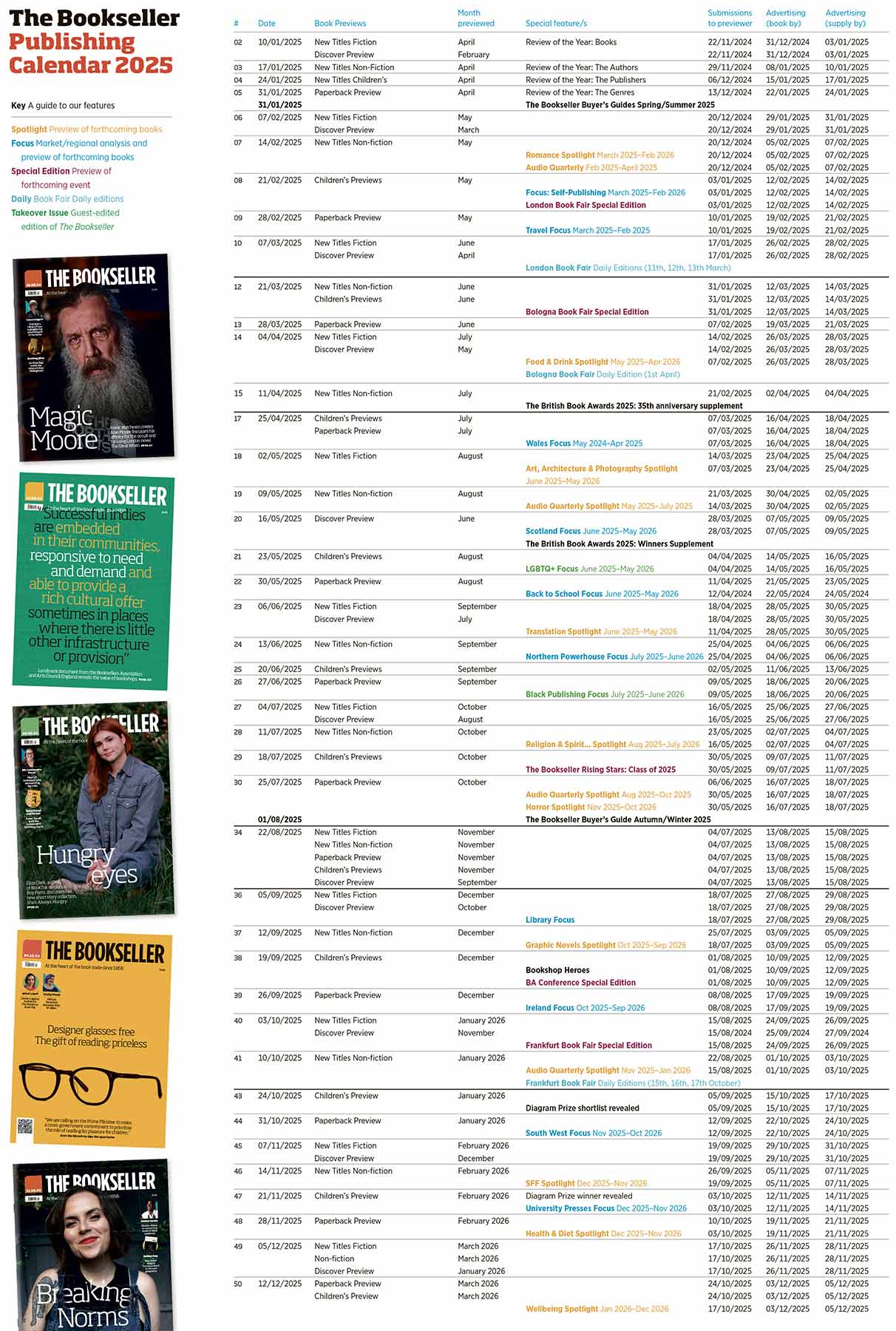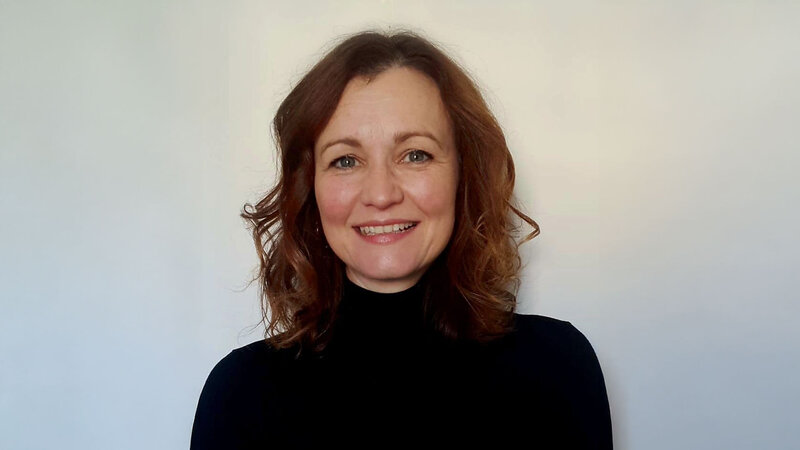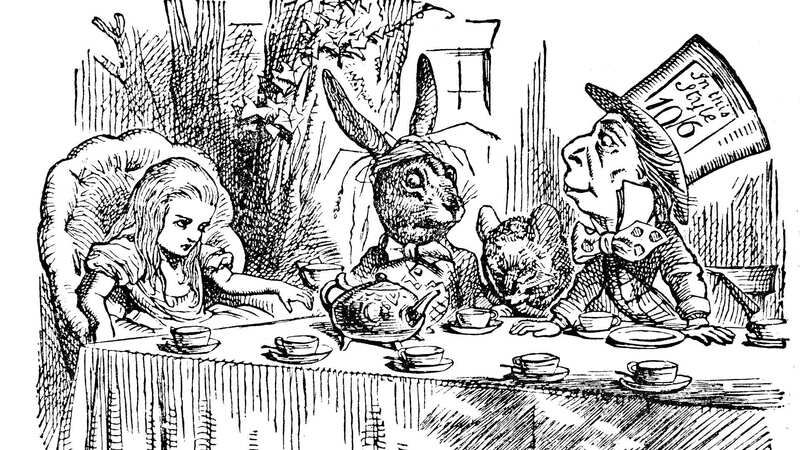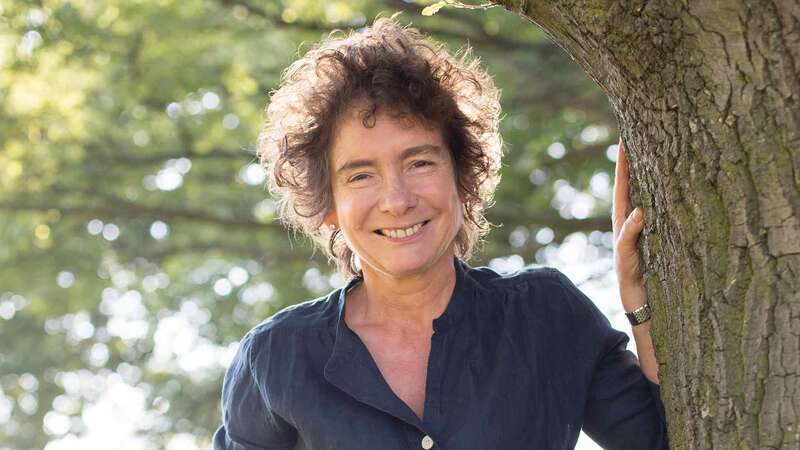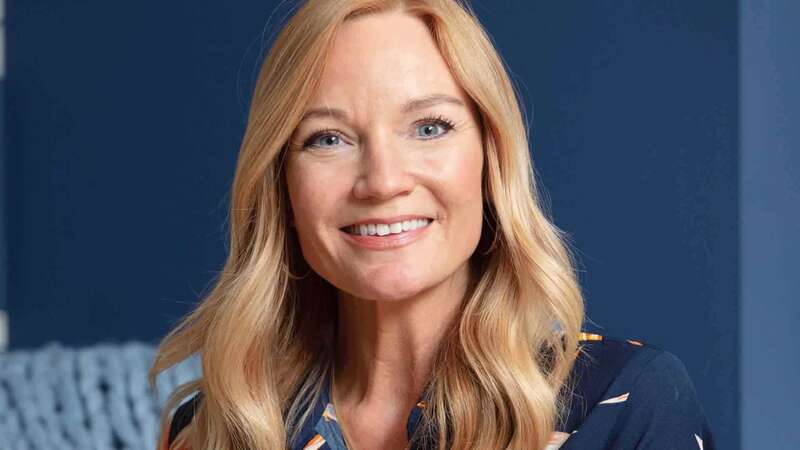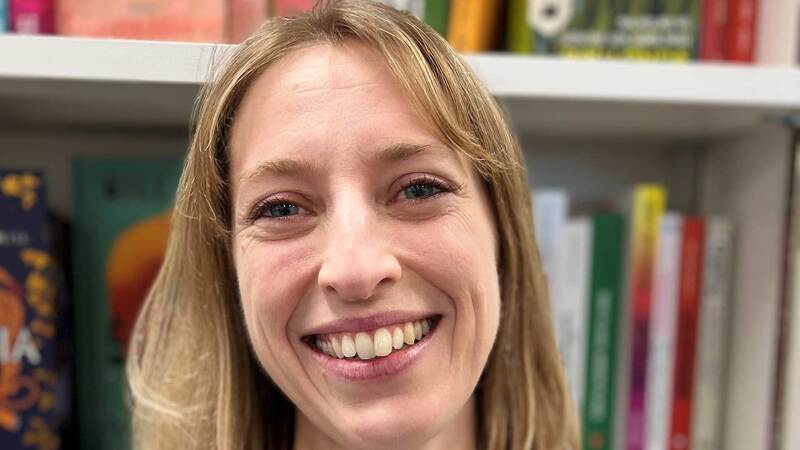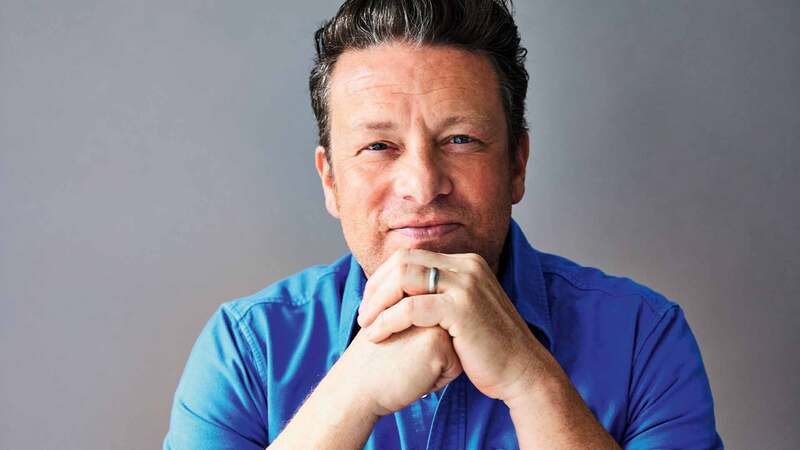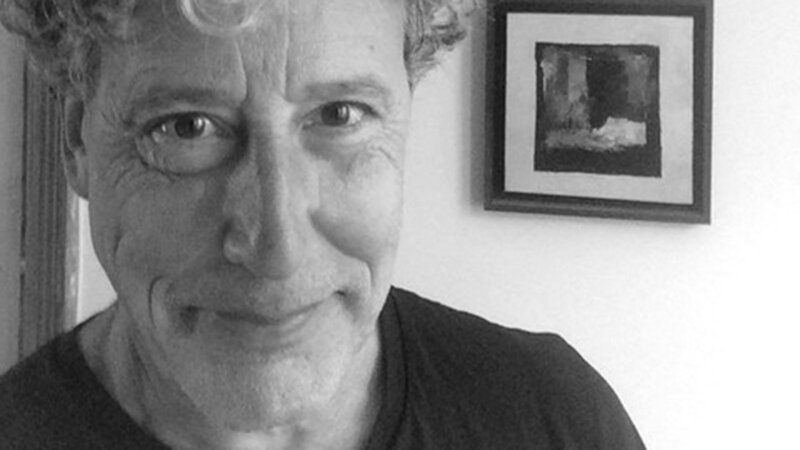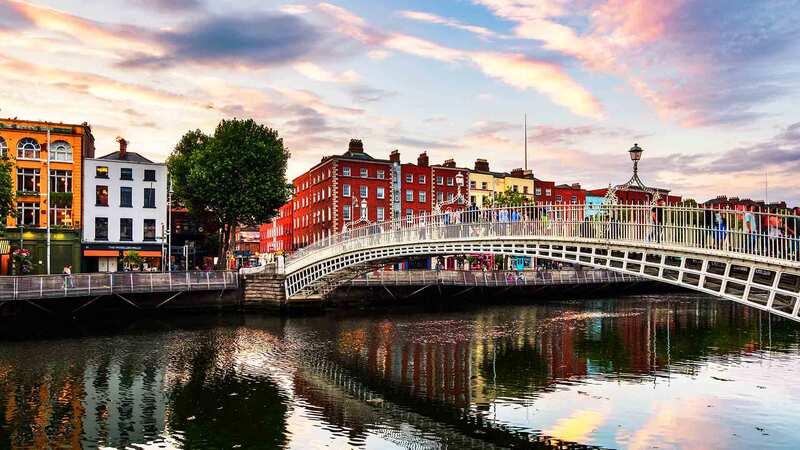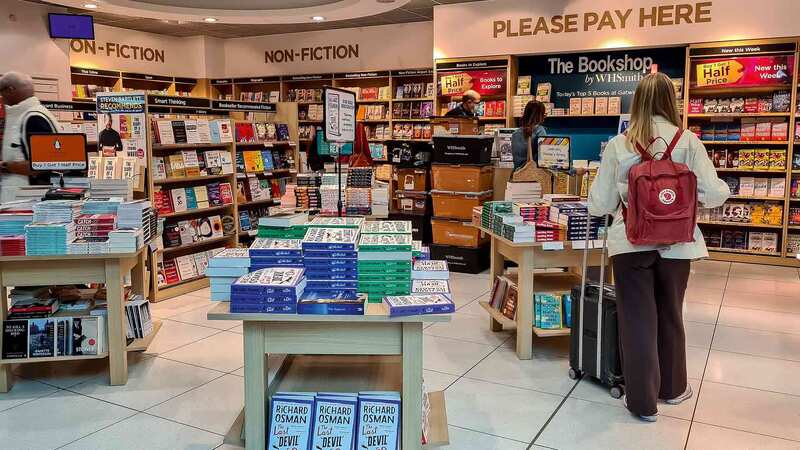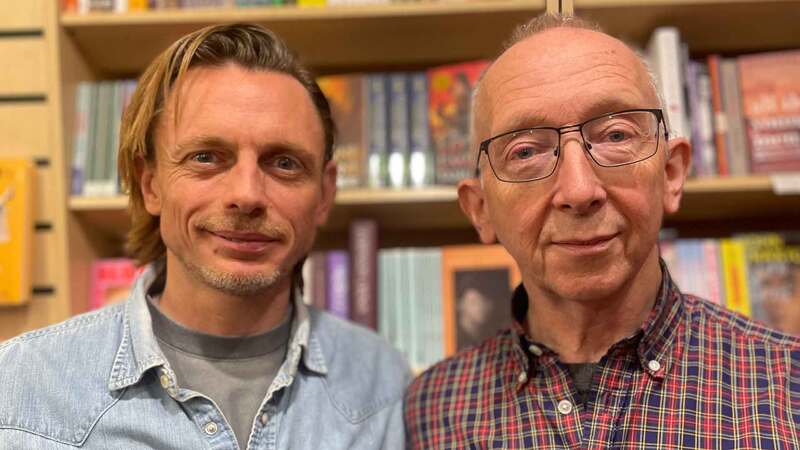You are viewing your 1 free article this month. Login to read more articles.
Non-traditional outlets saw ‘strong growth’ in 2015
Book sales through non-traditional retailers are booming, publishers and retailers have reported, but competition is becoming ever fiercer among publishers to secure coveted shelf space in retailers such as Anthropologie, Urban Outfitters, Joy, T K Maxx or The White Stuff.
Nielsen’s Books & Consumers research put the size of the “other shop” sector—sellers who are not dedicated booksellers, internet retailers, supermarkets, book clubs or The Book People—at 7% of the total market by volume for the half year to June 2015.
Matthew Perren, m.d. of wholesaler Bookspeed, said that 2015 “was a record year for us, with growth in all our key areas, including the gift market across the UK and the heritage sector, which has seen a nice uplift after a tough 2014”.
Predictably, the recent colouring-book craze and the Ladybird Books for Grown-Ups series drove some of the growth, but Perren said: “Even stripping colouring and Ladybird out, we comprehensively beat all of our sales targets for the last year.”
Jon Stefani, sales director at Quarto Publishing Group UK, said the publisher had its “strongest ever year” in non-traditional retailing in 2015. Octopus deputy m.d. Andrew Welham said a combination of greater sales focus on non-traditional and a strong core publishing programme meant 2015 was “very good” through non-traditional outlets, mirroring its Nielsen BookScan TCM performance, which saw a volume increase of just over 30% year on year. “The gift trade sector had a strong year and was more robust than it has been for a while,” he said.
David Graham, m.d. at Pavilion, which publishes Millie Marotta’s colouring titles, said the publisher’s non-traditional sales were up 57% year on year, though that was in fact lower than the 74% uplift it enjoyed through traditional booksellers.
Graham attributed the difference to the fact that the book trade was an early adopter of Marotta, with the gift trade “in catch-up”. For Pavilion, non-traditional sellers represent around 30% of its UK business.
Meanwhile, Bonnier children’s division Igloo Books said it grew sales in the UK mass market by 18% over the year, with c.e.o. John Styring commenting: “Our people have a firm grasp on what the market wants.”
Retailers echoed publishers’ reports, with Oliver Bonas book buyer Hannah Tait citing “fantastic growth” of 14%, with healthy eating, travel and mindfulness the biggest growth areas, and strong sales for Ella Woodward’s Deliciously Ella, the Ladybird Books for Grown-Ups and the Lonely Planet Ultimate Travel list. “We also want to explore our interior and art sections more [with] really ‘wow’ books that make you want to sit down with a coffee for hours,” she said.
At Urban Outfitters, buyer Rebecca Davies also reported growth in 2015, particularly in the chain’s “lifestyle” category. “This includes fun and quirky self-improvement books, anything from Wicca magic to dream interpretation, and we have had our share of mindfulness and colouring success,” she said.
Conran Shop buyer Manu Ferrero said book sales were up 35% year on year in 2015. Meanwhile, at children’s clothing company Trotters, Angela Rosario said the business enjoyed “a fantastic year with book sales”, including a double-digit increase over the Christmas period. The retailer stocks a large range of books for babies, toddlers and children up to 10. “We are still looking to develop our book departments across our stores, and we have tried new things such as creating window displays launching a new title and doing more events that include our books,” she said. Its bestsellers included classics such as Allan and Janet Ahlberg’s Peepo (Puffin) and Judith Kerr’s The Tiger Who Came to Tea (HarperCollins) but also Trotters’ own publication, Vintage Baby Book, which it sells exclusively.
For non-traditional retailers, buying has a different emphasis from the traditional book trade, Quarto Publishing’s Stefani noted.
“Non-traditional sellers very often quite deliberately want to buy books not obviously visible in other retail outlets. They want to put stuff before people that they haven’t seen before.
“Books at outlets such as Anthropologie and Oliver Bonas are not usually price promoted, so the non-traditional sector has an incentive to be more clever in curation. They often have their own style guide and merchandising themes that may not be in synch with publishing trends. The standard of merchandising has got better and better.”
Oliver Bonas saw 14% growth in book sales.
Pavilion’s Graham commented: “Buying pratices are very rigorous, very selective: these are not range retailers. They are interested in a narrow range that sells in great volume, and the competition for these slots is harder than in Waterstones.” But he added: “As more non-book retailers are seeing their competition incorporating books into their merchandising offer, others are coming in. We are selling Millie Marotta in Robert Dyas [shops] now.”
Davies from Urban Outfitters commented: “I’m always looking for a good front cover—it’s all about the cover. Mostly I struggle with publishers not understanding what I’m looking for as it’s so closely linked with fashion, music and popular culture trends that they may not be tuned into. The amount of times I’ve heard a publisher say ‘This would be perfect for Urban’ . . . it hardly ever is.”
She confirmed: “It is definitely more competitive than ever to get into our range. One year we may take 20 titles from a publisher, the next year it might be three. It’s all based on the merit of the titles, so nothing is guaranteed.”
Seven buyers’ verdicts
“We use books as a prop. We don’t make money from them, but they are very important. We sell cookery books and, being a furniture store, books about furniture, design and architecture. Other top sellers are spread across children’s books and fashion.”
-Manu Ferrero, The Conran Shop, buyer
“We sell books [for] £5 and some gift cookery books that go up to £20 or £30; £10 is the ideal ‘giftable’ price. We only really buy in books from October for Christmas, and over Christmas we had no more than 30 titles in the store.”
-Andrew Earley, Bert’s Homestores, director
“Books are treated in the same way as any other product and we choose a curated range to suit our customer base. It’s all about the perfect edit. Our bestselling titles are gifting titles.”
-Rebecca Davies, Urban Outfitters, buyer
“We do well with Usborne, HarperCollins, Penguin, Macmillan, Workman, templar, Universe, the publishers represented by Bounce Marketing and many more. We are always looking for new and exciting publishers to work with to keep our customers finding books that they may not find in every bookshop.”
-Angela Rosario, Trotters, buyer
Children's retailer Trotters said it was "always looking for new and exciting publishers to work with".
“Books always play a very strong part in our shops and we are working with publishers for more in-store promotions and a revamp of the online offer.”
-Sarah Jones, Natural History Museum, book buyer
“Five years ago [our book sales] were at zero: now they are 45% of our business. We don’t think of ourselves as an art shop, but an inspirational brand.”
-Mark Cass, Cass Art, owner
“Book sales are buoyant at the trust and considered a growth area, hence our expanding list of own-brand publishing. Peak sales are from March to August, although the online shop had a huge spike in the run-up to Christmas and that is a growth sales period for us.”
-Katie Bond, National Trust, publisher
The British Book Industry Awards, held on 9th May, will feature a new award for non-traditional retailer of the year, sponsored by the Quarto Group. the deadline for submissions is 19th February. Full details can be found here.

